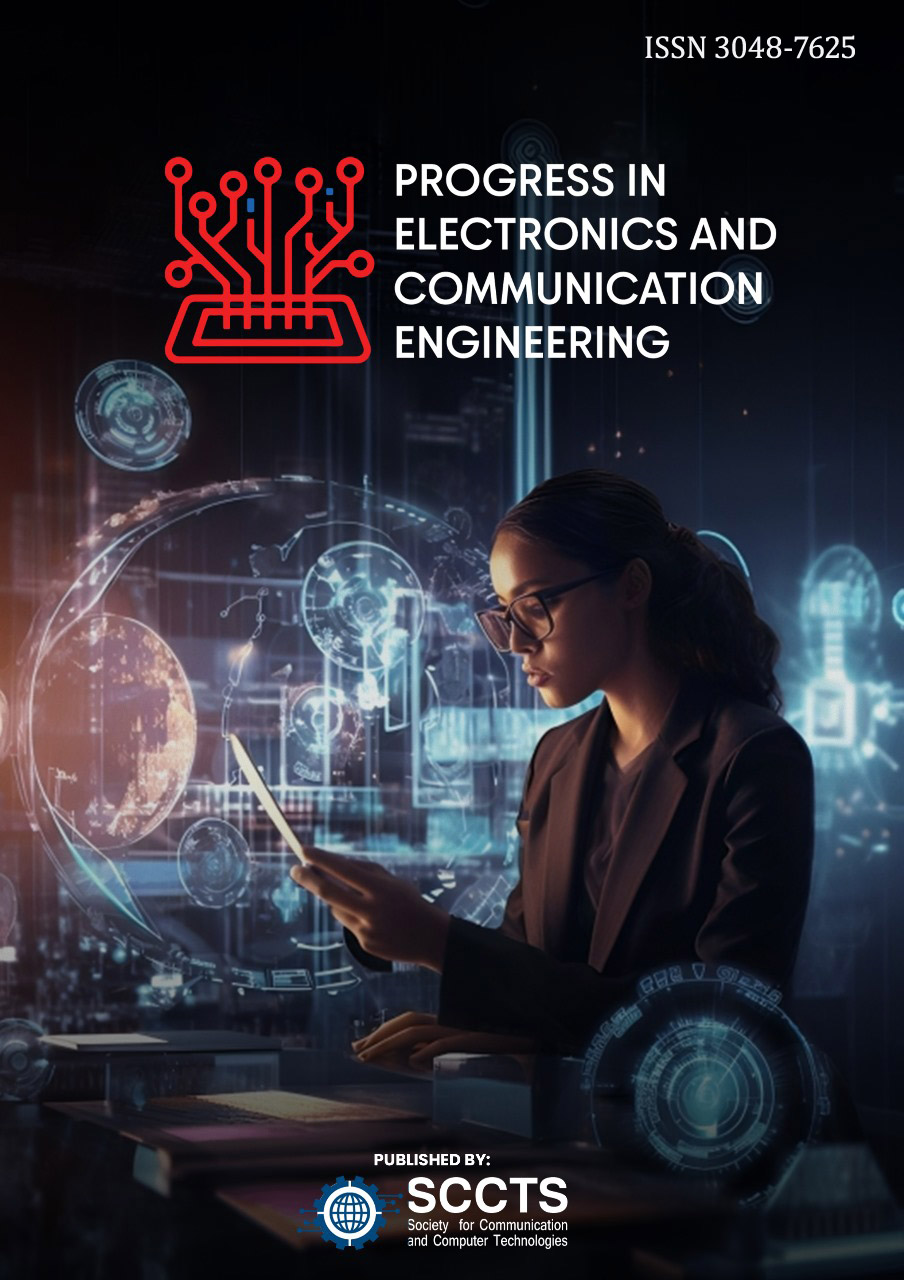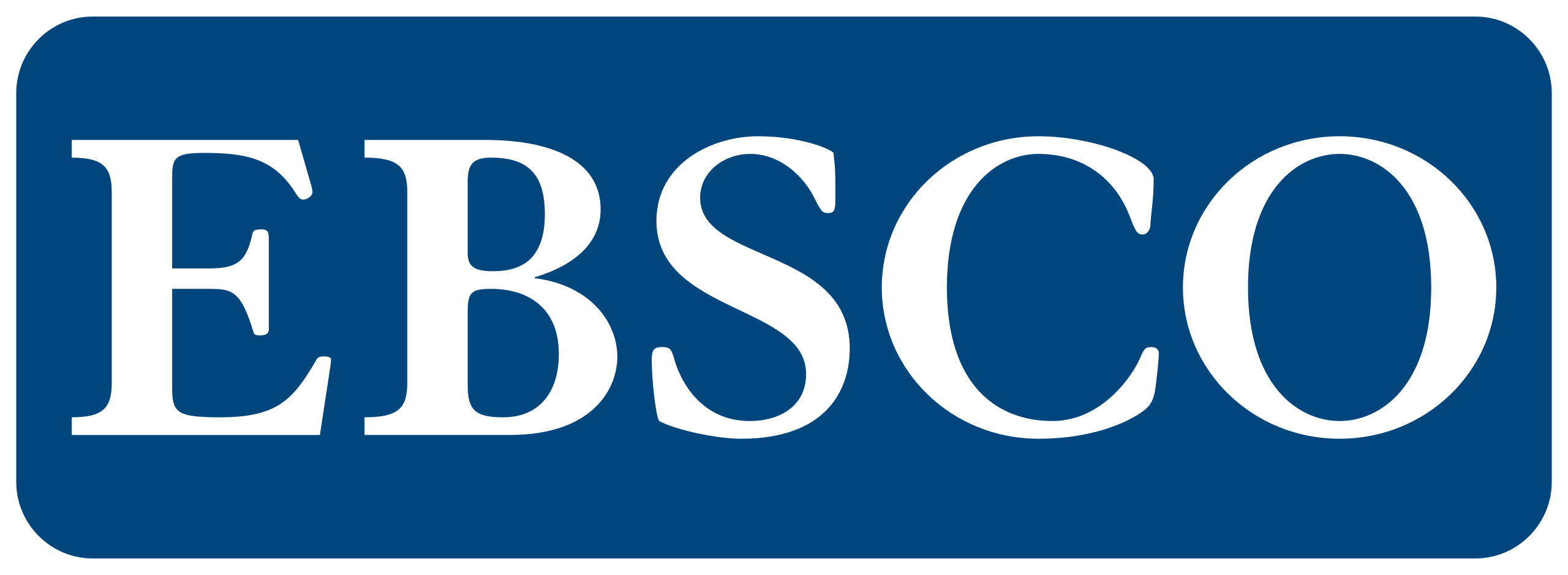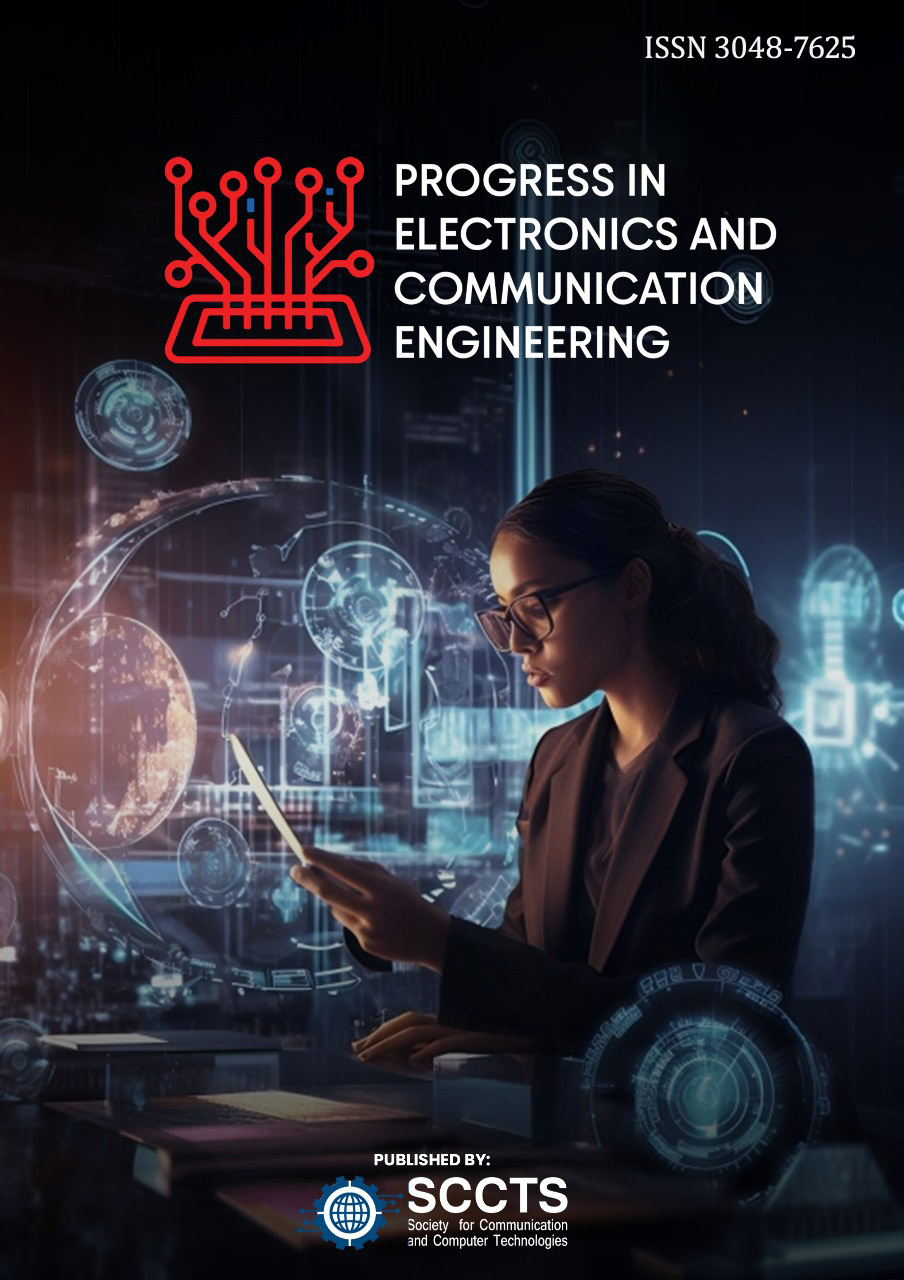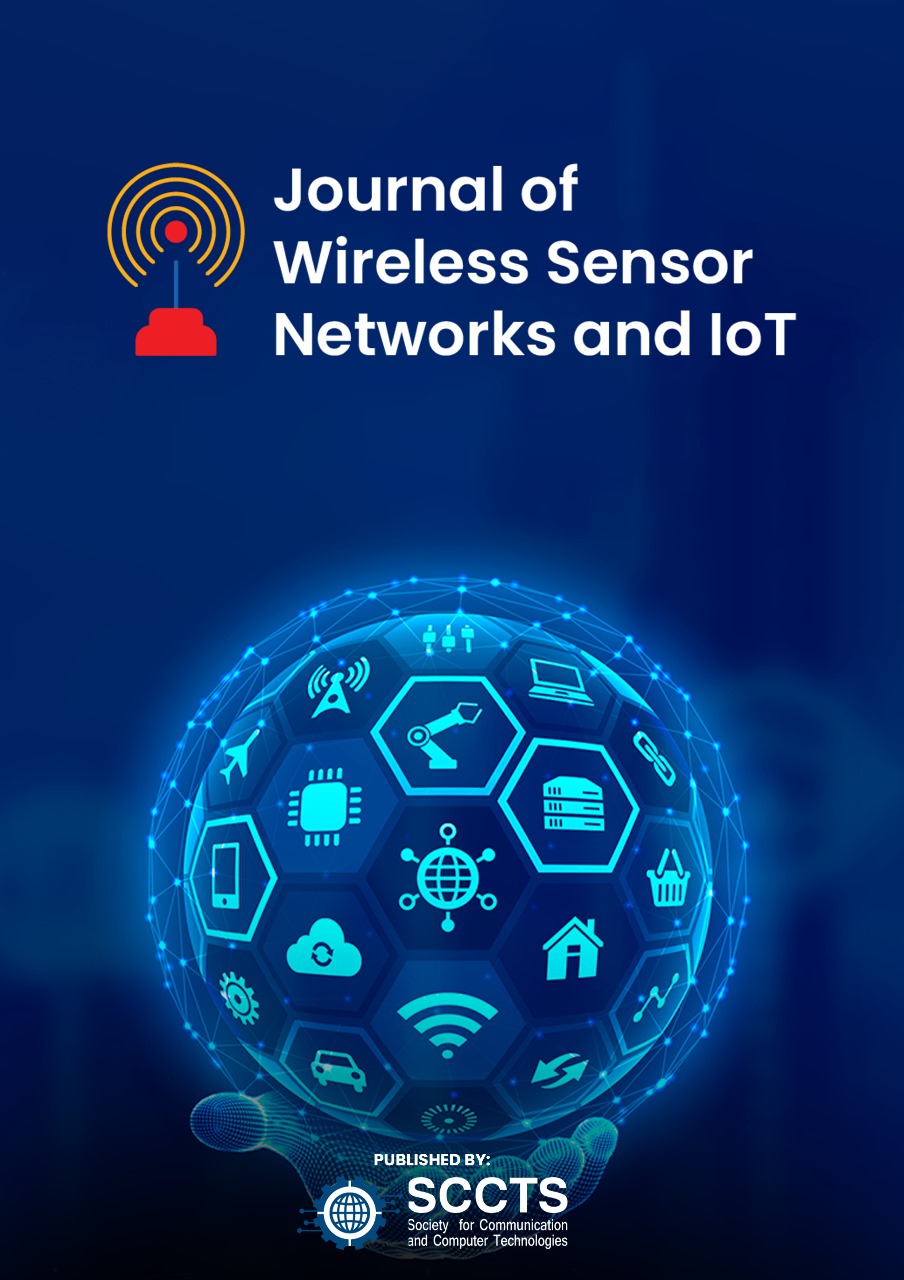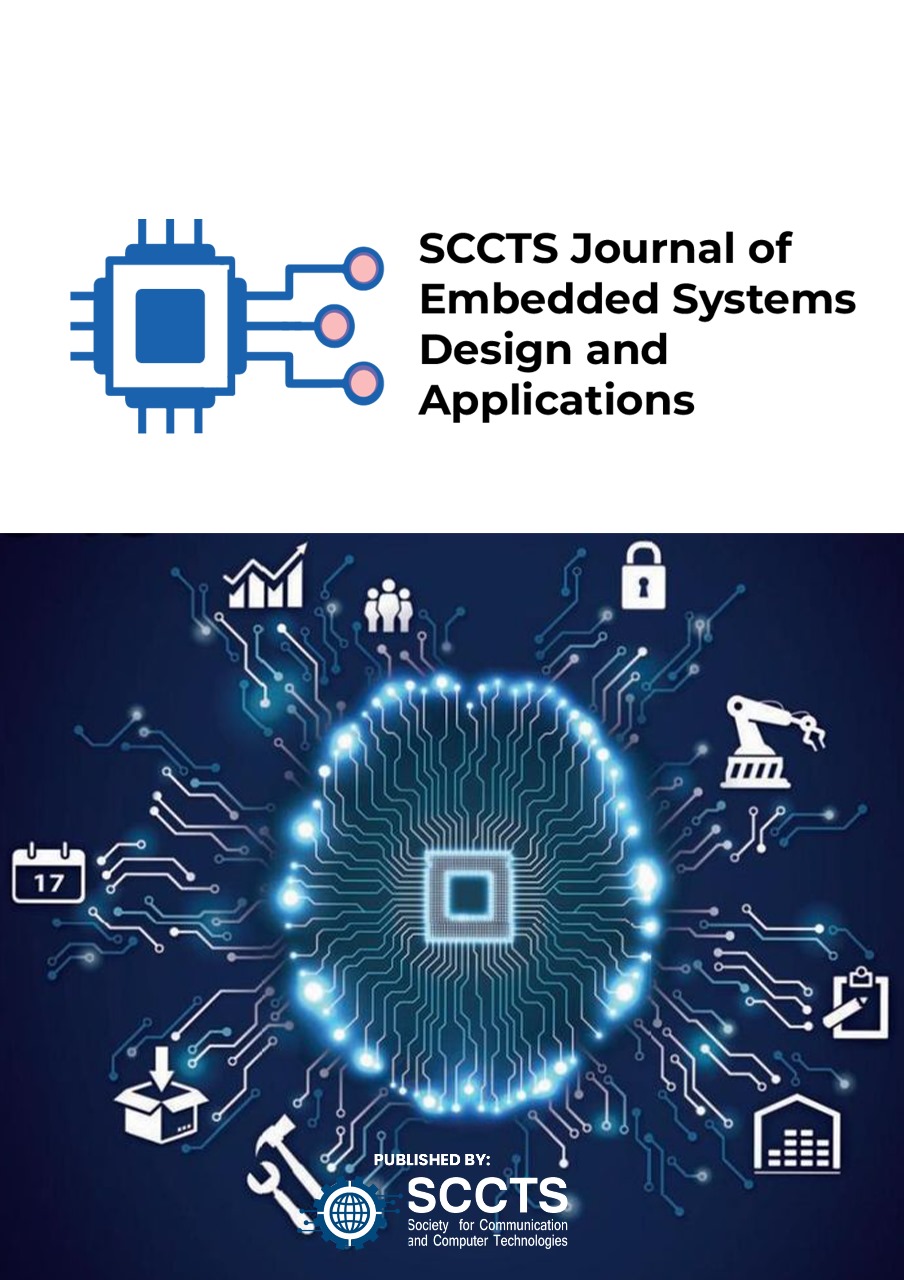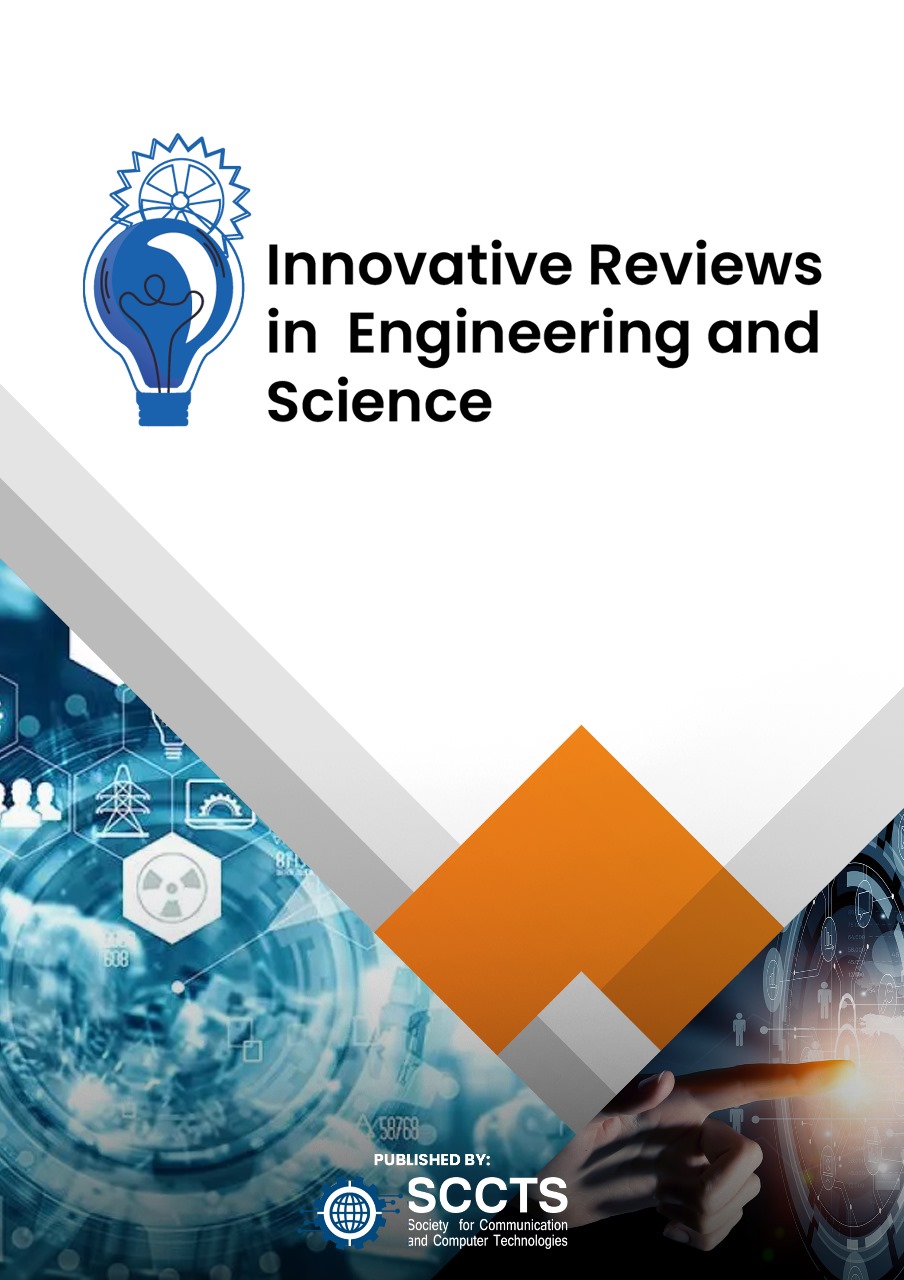Self-Powered Solar-Piezoelectric Energy Modules for Resilient IoT Sensor Networks in Agri-Environmental Monitoring
DOI:
https://doi.org/10.31838/ECE/03.01.07Keywords:
Hybrid Energy Harvesting, Solar-Piezoelectric, Smart Agriculture, IoT Sensor Networks, Resilient Monitoring, Battery-Free IoT, Energy-Aware ComputingAbstract
The growing demand of stable, self-governing, green monitoring frameworks in smart farming has expedited advanced-energy insight into Internet of Things (IoT) sensor networks. This paper presents a fresh idea of a self-powered hybrid energy harvesting unit utilizing both solar and piezoelectric energy sources to allow continuous electricity supply to the wireless sensor nodes (WSNs) in agri-environmental set-ups. The system is also smart enough to adjust to the varying conditions of the environment taking advantage of solar energy when the rays are at work, and capturing vibration energy in the form of wind or mechanical activity when the light is dimmed. It has an embedded power management unit to guarantee effective switching and storage of energy facilitating battery-free usage. The actions of the hybrid system are tested both in simulation and their field-deployable prototypes. Findings show a better energy availability, resilience, and lifetime of the system compared to the traditional single-source harvesting methods. The architecture proposed shows that there is a high potential of a scalable and low-maintenance implementation of IoT-based monitoring precision agriculture and environmental sensing.





